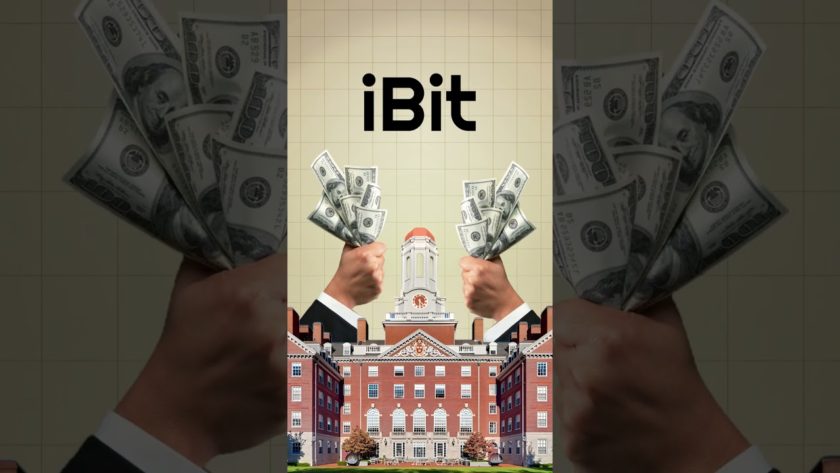GameFi is a very promising use case for Web3 and the metaverse, but blockchain gaming builders shouldn’t forget the core elements that made video games popular in the first place.
Harness the power of Web3
With billions of gamers active around the globe, the total addressable market for blockchain gaming projects is massive. The value proposition for GameFi is clear: instead of paying top dollar for video games and bonus downloadable content, why not have fun and earn something back for your time?
Web3 technology has so much potential for players to own a stake in their favorite games and take full control of their digital loot. Beyond the obvious use cases of using tokens for rewards and NFTs for in-game assets, there are a huge amount of potential applications for blockchain gaming that have not yet been fully explored.
Not always the best of both worlds
Although the Play To Earn (P2E) genre has received some hype in recent years, this category of video games remains far less popular than Web2 gaming around the world.
For many prominent P2E games like Axie Infinity, the community’s focus seems to be more on earning tokens than the actual gameplay experience itself. While rewards alone might be enough to get some gamers onboard, GameFi builders must break through the crypto bubble to achieve truly widespread adoption throughout the mainstream gaming community.
The recipe for GameFi success
In order to gain traction with crypto-skeptical players, blockchain games need to provide gameplay that is compelling in its own right. Recently, a trend known as Play and Earn (PAE) has emerged that attempts to balance Web3 aspects with the excitement of traditional gaming.
No matter how you categorize your project, it’s crucial to strike the right balance between gaming and Web3.
#1: Focus on high quality gameplay
To reach adoption with more gamers worldwide, GameFi builders need to ensure their game is actually fun to play. Just because your game has a token and NFTs to collect, the core gameplay should still be exciting. There are many ways to achieve this, such as unique game mechanics, impressive graphics or addictive multiplayer experiences. But in general, it’s always a good idea to incentivize skill and strategy rather than just rewarding whichever users own the most valuable NFTs or spend the most time playing.
Join the community where you can transform the future. Cointelegraph Innovation Circle brings blockchain technology leaders together to connect, collaborate and publish. Apply today
GameFi projects should make sure their game is interesting even for hardcore gamers who don’t care about its blockchain aspects. Blockchain gaming is great for building communities, so create exciting multiplayer modes that bring people together and increase your exposure on platforms like Twitch. This sector is a great place for innovation, so don’t be afraid to experiment with new technology such as AI, VR and cloud gaming.
#2: Make onboarding easy
Since too many barriers to entry can turn off some gamers, seamless onboarding is crucial for GameFi adoption. It’s important not to scare away new users from outside the blockchain community with too many initial requirements.
One way that projects can strike this balance is to offer a custodial wallet for new users with the option to switch to their own non-custodial wallet later on. This provides the best of both worlds, since new gamers can easily get started while more proficient Web3 users can take full control of their decentralized assets.
If it’s simple for new players to get started, GameFi will be able to better attract users from the vast worldwide gaming community. Even if players don’t realize their actions are connected to the blockchain, this can create significant new on-chain activity in terms of new addresses and transactions.
#3: Build on chain
When it comes to blockchain gaming integrations, the sky is the limit. And since this is Web3, a truly groundbreaking GameFi game should build key features directly on chain. GameFi projects should leverage the power of tokens, NFTs, SFTs, smart contracts and more in innovative ways to make their games stand out and keep players coming back.
Some blockchains allow for NFT creators to embed unique statistics directly on chain for each NFT. These metadata attributes open the door to many possibilities for world building and cross-platform compatibility, since they can easily be used across multiple games or applications.
Without any innovative Web3 integrations, your project can seem like just another Web2 game with Web3 features tacked on as an afterthought. So don’t be afraid to push the boundaries of what’s possible in GameFi, while keeping in mind that each element should contribute to the overall user experience.
#4: Plan for scalability
Behind any Web3 game, building on a powerful blockchain can make a big difference regarding the accessibility of the decentralized features. With high transaction fees, players must spend more of their hard-earned profits just to interact with the blockchain. Slow transaction times and frequent outages can also be a major pain point for gamers and metaverse users.
Blockchains that are fast and have low gas fees enable gamers to easily own characters, items and more directly on-chain. This way, users can take back control of their digital property to trade, collect and even use their assets in other games or applications. It’s best to plant roots for growth from day one, since it might be too late to make your game scalable after it has already gained traction.
It’s time to innovate
Just because Web3 can add another dimension to video games, it doesn’t mean they need to be one dimensional. The way to supercharge GameFi is to innovate in Web3 while preserving key elements of Web2 gaming like fun gameplay, remarkable graphics and a smooth user experience.
If blockchain games can effectively bridge the gap between the crypto and gaming communities, they can be a valuable gateway for onboarding new users toward other Web3 use cases such as DeFi and beyond.
Wolfgang Rückerl is the CEO of Istari Vision and Entity.global. His expertise is in Web3 startups, DeFi and GameFi.
This article was published through Cointelegraph Innovation Circle, a vetted organization of senior executives and experts in the blockchain technology industry who are building the future through the power of connections, collaboration and thought leadership. Opinions expressed do not necessarily reflect those of Cointelegraph.
Learn more about Cointelegraph Innovation Circle and see if you qualify to join



